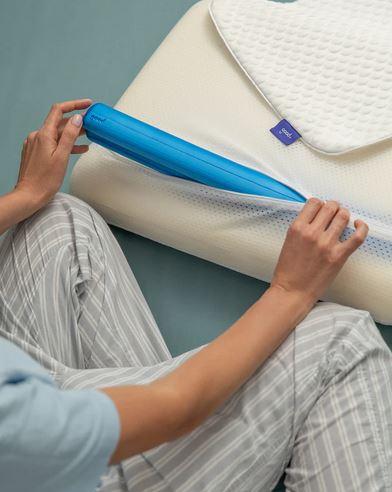Sports injuries are inherent for athletes, whether contesting big leagues or just tossing a ball in the backyard. Some common sports injuries, such as twisted ankles, torn knee ligaments, or dislocated shoulders, can sideline an athlete for days or even months, perhaps ending their careers. Physical therapy is a powerful tool that allows for recovering lost strength and mobility while averting potential complications.
Some ways that physical therapy aids in this crucial process are the following:
Post-Orthopedic Surgery Rehabilitation
Sometimes, sports injuries are so severe that they call for orthopedic surgery. Once the surgeon has carried out their part, it is time for physical therapy to come in. Post surgery, a physical therapist makes a custom recovery program, considering the athlete’s particular injury and activity level. The therapist uses hands-on optimal sports physical therapy, including massages and joint movements, to relieve pain and restore flexibility.
Sports Rehabilitation
Every sport is different, & so is every athlete. Hence, rehab is not one-size-fits-all approach. Physical therapists carefully assess an athlete’s regular performance in their respective sport and note any deviations owing to injury. They establish routines specially made for the athlete by analyzing movement dynamics, muscular power, and equilibrium. The goal is aiding the athlete in coming back to top performance and strengthening against future injuries.
Injury Prevention
There is a famous saying that ‘prevention is always better than cure.’ Physical therapists are like athletic guardians, helping to protect athletes from potential injuries. They assess an athlete’s physical strengths and limitations and suggest exercise routines to improve flexibility, core power, stability, coordination, and body awareness.
They then come up with insights on dynamic warm-ups and efficient cool-down routines. Therapists recommend targeted exercises to strengthen vulnerable areas for those with existing injuries.
Guidelines for Resuming Activities
Physical therapy takes time to produce results. Once pain subsides and function resumes, therapists develop a roadmap to reintroduce the athlete to the game. This roadmap focuses on a gradual ramp-up of activity, always keeping a watch on symptom flare-ups. Advanced treatments methods such as ultrasound or electric currents might come into play to alleviate inflammation and hasten healing.
Therapists also team up with coaches, ensuring that an athlete’s preparation routine includes their recommended exercises.
Education and Support
Physical therapists can be likened to guides on healing after a sports injury. They’re not simply present to help fix the body, they also teach athletes the roadmap to recovery. They break down the sports rehabilitation program, making it easy to understand every part of the process like how to relieve pain and move the body smoothly.
So, therapists are an important part of the rehabilitation team, cheering athletes on, encouraging them, and being there every step of the way.
Performance Improvement
Optimal sports physical therapy isn’t just about healing from sports injuries. It’s like tuning-up your car. By deciphering how athletes move, therapists can help them get faster, and stronger. Hence, for athletes recovering, especially from conditions such as knee injuries, they aren’t just returning to their old selves. They’re, training to perform even better with the right therapy.
Conclusion
An injured athlete can undergo physical therapy for sports rehabilitation and use it as a tool to exceed their past performances.






